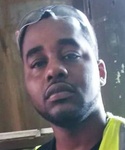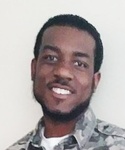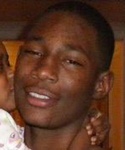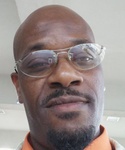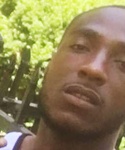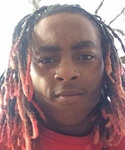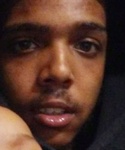Chicago Sun-Times (IL) - Thursday, January 17, 2013
Author/Byline: MICHAEL O’BRIEN ; mobrien@suntimes.com
High school sports are unique in the sports world. The teams are a direct representation of the communities they represent.
The Cubs are not from Chicago and most of the players do not live here. The same with the Bears and the Bulls, Derrick Rose excepted of course. There are some local kids at Illinois and Northwestern and UIC, but they come from too wide an area to represent any real community.
But Morgan Park and Simeon players are Chicago. They are a full, breathing representation of the neighborhoods they all live in, and the good and bad that comes with that.
Wednesday night at Chicago State University, the shooting death of Tyrone Lawson II, 17, a Morgan Park student, shined brighter than usual light into what that Chicago is like. A Chicago that many residents simply think of as unfamiliar street names on the crime blotter.
“Growing up in this city I’ve seen a whole lot of kids killed by gunfire,” Morgan Park coach Nick Irvin said. “I’ve lost a lot of friends.”
Irvin knew Lawson . He talked with him about the Simeon game just a few days ago. Every member of the team knew Lawsonas well.
“All of them knew Ty,” Irvin said. “They took it really hard. We didn’t practice today or do anything.”
But Lawson ’s death wasn’t a new experience for anyone on that team. They’ve all lost friends and acquaintances to violence, whether it was at a basketball game, on a walk to the store or the trip to school.
“It’s everywhere,” Irvin said. “It happens everywhere.”
Irvin said he isn’t worried about his team getting caught up in the violence.
“I have a bunch of good guys,” Irvin said. “They stay in the house and play video games.”
Good kids at New Trier and Schaumburg don’t have to stay inside and play video games to keep from getting shot. Those are very different communities.
Reporters, college coaches and recruiting analysts make frequent trips into the Chicago of Simeon and Morgan Park. There’s always some nervous joking about the metal detectors and all the police. The threat of violence just hangs in the air.
During my first year covering prep basketball for the Chicago Sun-Times, a melee after a game at Crane shook me pretty badly. I asked the Crane coach at the time, Anthony Longstreet, if it was hard for his players to concentrate on the game with everything going on around them. I asked how his players could play basketball in such a threatening atmosphere both in the gym and just outside.
Longstreet looked at me and laughed.
“This is their fun,” Longstreet said. “They face this every day, all day, everywhere. That basketball game may have been the only time all day they weren’t worried about it. They live here. You’re going to drive home to somewhere else. They aren’t.”
There isn’t a game time that will make things safer in Chicago. There isn’t a certain number of police or a gang-neutral venue that will change anything. Not until the city changes.
